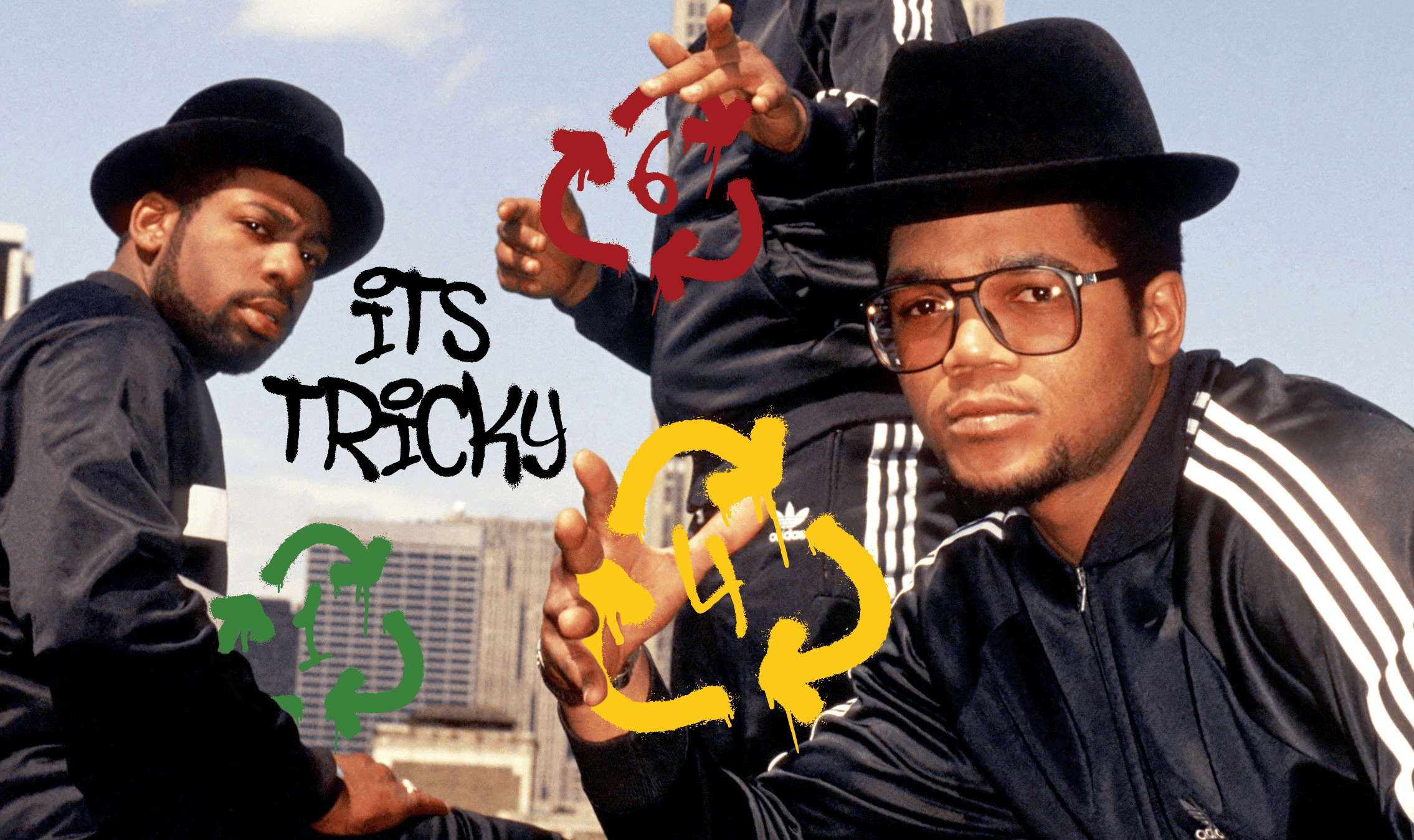
Like Run DMC once said, It’s Tricky.
According to the U.S. EPA* less than 10% of plastic is recycled regardless of how much we put in our bins. Plastic’s complicated and confusing recycling guidelines have left us standing by our recycling bins scratching our heads. All plastics have a 3-arrow circle (or Mobius Loop) and a number 1-7 (or Resin Code) which tells you the type of material it contains. Although the Mobius Loop may seem like a universal sign for recyclability, most facilities don’t accept every number of plastic.
We’re breaking it all down in our Recyclops Plastic Wrap

PET or Polyethylene Terephthalate is commonly used for things like single-use water bottles, peanut butter jars, and soda bottles. It is popular with food and beverage manufacturers because of its transparency and strength. Clear PET is easiest to recycle (Coke recently updated their Sprite bottles from green to clear because of this!). PET is the most accepted plastic when it comes to recycling and is the most recycled plastic in the world. In the U.S. alone, nearly 1.5 billion lbs of PET bottles are recycled every year! This material is usually turned into new bottles and even sometimes clothing. Just make sure to wash out any food or drink residue before throwing it in your bin.

HDPE or High-Density Polyethylene is commonly used for things like milk jugs, shampoo bottles, and grocery bags. It is tough, yet lightweight and solvent-resistant. It is almost as common as PET. Most HDPE is easily recyclable and accepted at most recycling facilities, however, grocery bags can damage machines so don’t put these in your regular recycling bin. Instead, see if you local grocery or retail stores can recycle or reuse them.
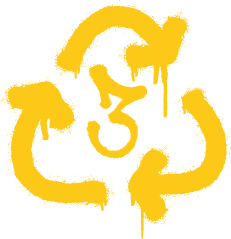
PVC or Polyvinyl Chloride used for things like pipes, toys, air mattresses, window frames because it is durable and resistant to most chemicals. While PVC is technically recyclable, it is hard to find recycling facilities that will accept it due to the fact that it contains chemicals that can contaminate other materials in the recycling process. Overall, PVC is bad news.
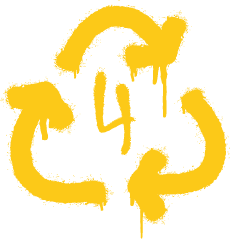
LDPE also known as Low-Density Polyethylene is commonly used for plastic wrap, 6-pack rings, and squeeze tubes. It is a super soft and flexible material but can cause a lot of issues with recycling machines. More recently, recycling facilities have been accepting LDPE, so be sure to check your local facility’s guidelines. When it is recycled, it is used for furniture, trash bins, and mailing envelopes. Still, a lot of LDPE ends up in landfills.

PP or Poly-Propylene is extremely durable and stress-resistant even when bent, which makes it perfect for yogurt cups, bottle caps, straws, and food storage containers. It’s the 3rd most recycled residential plastic and is easy to reuse. PP also has a high melting point which makes it microwavable. PP is the definition of single-use plastic as it is very hard to recycle.
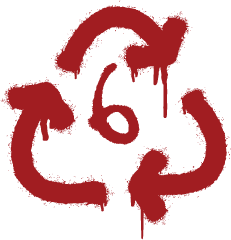
PS or Polystyrene is more commonly known as styrofoam. It is used for things like takeout containers,disposable plates and cups, and packaging insulation. PS is very problematic. For one, when it is made, it releases harmful toxins that can cause skin irritation and respiratory problems. Styrofoam takes up nearly 30% of landfills and never fully degrades. Though it is technically recyclable, most facilities do not accept it because it is light, breaks apart easily, and is hard to clean. However, some styrofoam is recyclable through Recyclops+. Find out more here: www.recyclsop.com/plus
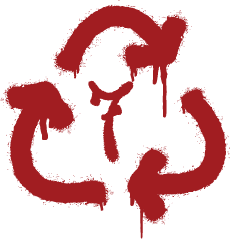
#7 refers to any miscellaneous plastic. You can usually find #7 on things like baby bottles, CDs, sunglasses, and reusable water bottles. They encompass many different types of plastics and are tricky to identify and categorize, therefore, they are very hard to recycle. Many #7 products contain BPA, a chemical that can be harmful to your body in large amounts.
Does Size Really Matter?
Regardless of the type of plastic, sometimes things can be too small to be successfully recycled.
Take plastic lids for example, small caps (like those from soda or water bottles) don’t have enough recyclable material in them and can damage equipment. Keeping caps and linds on the bottles when you throw them in your bin can help get them through the machines easier. Plastic utensils, even when they say “recyclable”, are usually too small for machines to sort properly. Bread bag clips, pill packaging, and single-use condiment packs can get caught or fall between the gears of the recycling and sorting machines.
These small plastics almost always get treated as trash.
There’s also no need to crush your plastic containers! While crushing materials may take up less room in your recycling bin, larger packaging is easier to spot and sort.
“If we keep the containers looking like containers, they are less likely to wind up in the paper stream. So the less flattened..the better.” – Risa Dimino, Director of Public Policy, National Association for PET Container Resources.
The good news is, America is recycling! We just need to make sure we are doing it properly. Recycling can save money and energy in addition to reducing waste. Remember to follow your local recycling rules and only put the accepted types of plastic in your bin.
*2018 Report

